Start date 1965 | ||
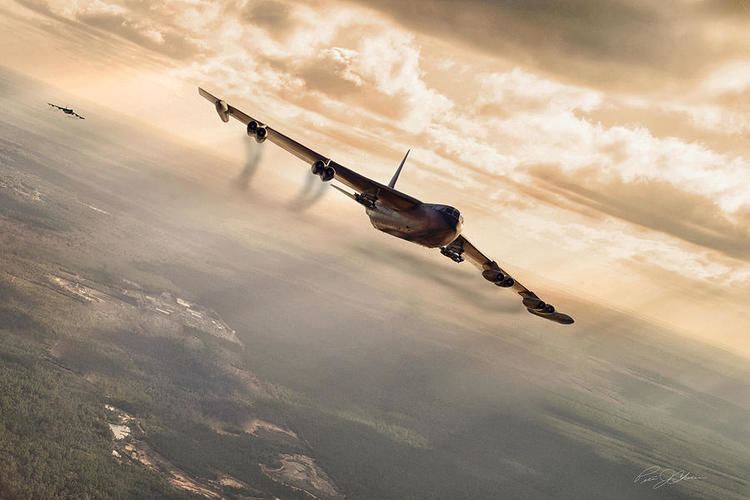 | ||
Similar Operation Linebacker, Operation Pierce Arrow, Operation Shed Light, Operation Tiger Hound, Operation Apache Snow | ||
Operation Arc Light was the 1965 deployment of B-52F Stratofortresses as conventional bombers from bases in the US to Guam to support ground combat operations in Vietnam.
Contents
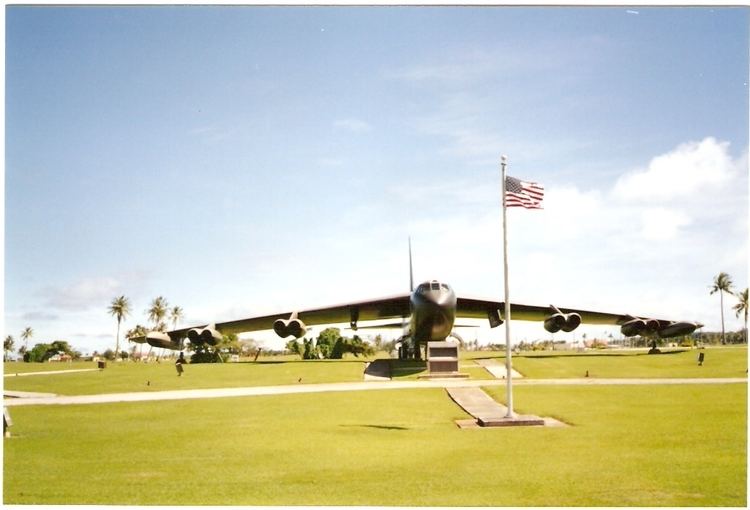
By the middle of April 1966, all B-52Fs were redeployed back to their bases in the US and were replaced by the Big Belly modified B-52D.
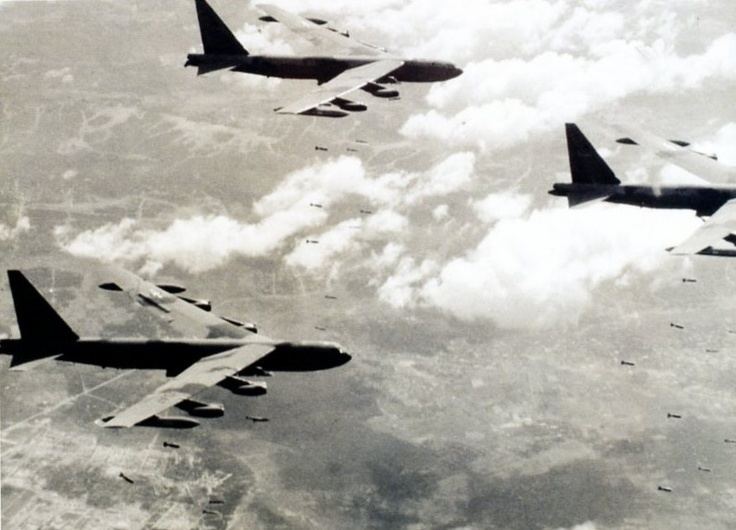
Later in the Vietnam War, the B-52G joined the B-52D. By extension, Arc Light, and sometimes Arclight, is the code name and general term for the use of the B-52D/F/G Stratofortress as a close air support (CAS) platform to support ground tactical operations assisted by ground-control-radar detachments of the 1st Combat Evaluation Group (1CEVG) in Operation Combat Skyspot during the Vietnam War. At the same time, investigations of secret CIA activities in Laos revealed where B-52s were used to systematically bomb Laos and Cambodia. In fact, the United States dropped more ordnance on North Vietnamese Army-occupied eastern Laos than it did during World War II on Germany and Japan combined. To this day, large areas of Laos and Cambodia are still very dangerous because of unexploded ordnance.
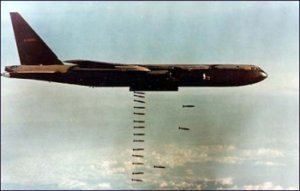
In 1964, the U.S. Air Force began to train strategic bomber crews in the delivery of conventional munitions, flying the B-52F. Under Project Big Belly, all B-52Ds were modified so that they could carry nearly 30 tons of conventional bombs. B-52s were deployed to Andersen Air Force Base on the island of Guam, and U-Tapao Royal Thai Navy Airfield in Thailand. Arc Light operations were most often CAS bombing raids of enemy base camps, troops concentrations, and supply lines.
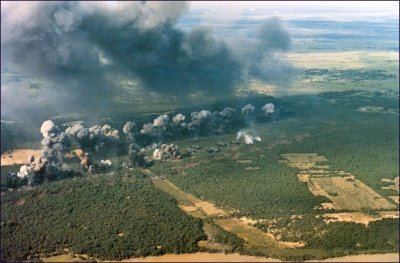
The first use of these heavy bombers in Southeast Asia occurred on June 18, 1965. Flying out of Andersen Air Force Base, Guam, twenty-seven aircraft used 750 and 1,000 pound bombs to attack a Viet Cong stronghold. During this mission two B-52Fs were lost in a mid-air collision; another was unable to conduct air refueling. Missions were commonly flown in three-plane formations known as "cells" and were also employed when ground units in heavy combat requested fire support. Releasing their bombs from high in the stratosphere, the B-52s could neither be seen nor heard from the ground. B-52s were instrumental in nearly wiping out enemy concentrations besieging Khe Sanh in 1968 and An Loc and Kontum in 1972.
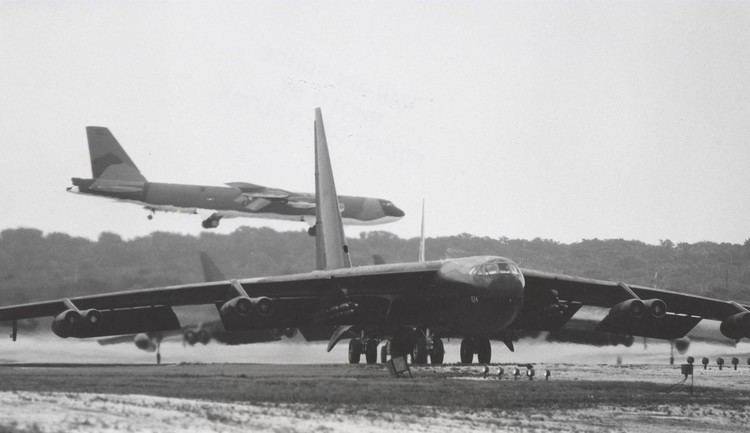
Arc Light was re-activated at Andersen on February 8, 1972 when President Richard Nixon resumed bombing of North Vietnam in an effort to move peace talks along. Over 15,000 men were sent to Andersen on temporary duty over the next 90 days. With limited barracks and other facilities tents were set up behind for use by men working 80-hour weeks.
Arc Light missions continued until the cessation of hostilities by all U.S. forces on August 15, 1973. Between June 1965 and August 1973, 126,615 B-52D/F/G sorties were flown over Southeast Asia. During those operations, the U.S. Air Force lost 31 B-52s, 18 from hostile fire over North Vietnam and 13 from operational causes.
The typical full bomb loads were:
B 52 operation arc light
Problems
According to Budiansky, "Despite NSA's occasional success in tightening up particularly leaky communication practices, the problems continued throughout the war. SAC...was by far the worst offender, giving the North Vietnamese as much as eight hours' warning and often revealing exact launch times and likely targets."
Combat Skyspot Memorial
Nineteen technicians of the 1st Combat Evaluation Group (1CEVG) were lost in ground combat. On September 21, 2010, President Barack Obama presented the Medal of Honor to the sons of Chief Master Sergeant Richard L. Etchberger for his actions in the battle of Lima Site 85. A memorial to all 1CEVG technicians is located directly behind the Arc Light memorial.
